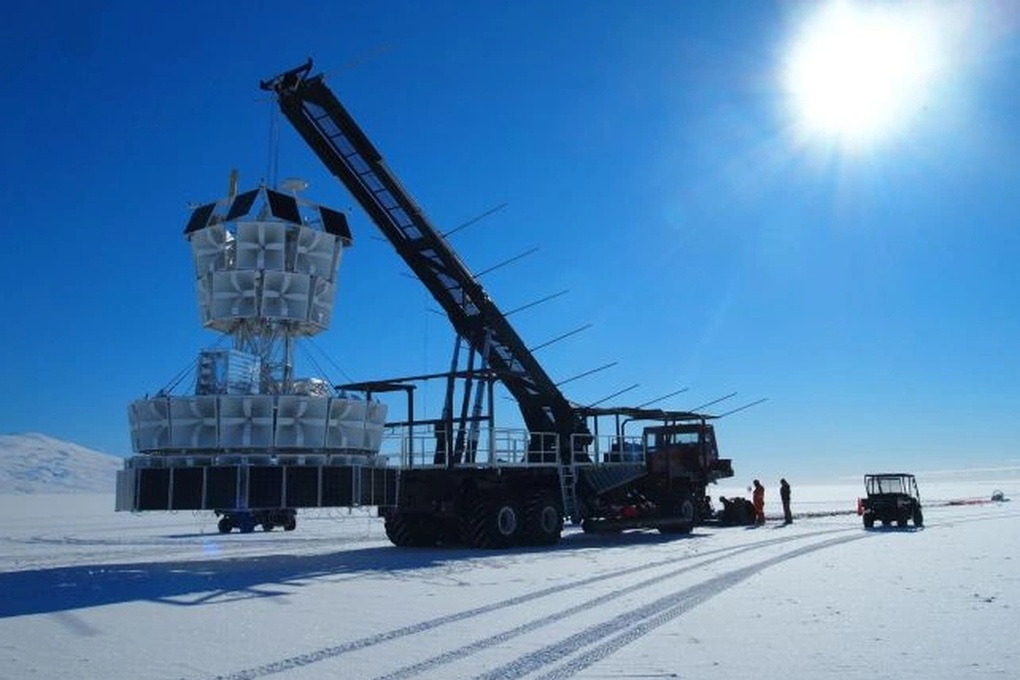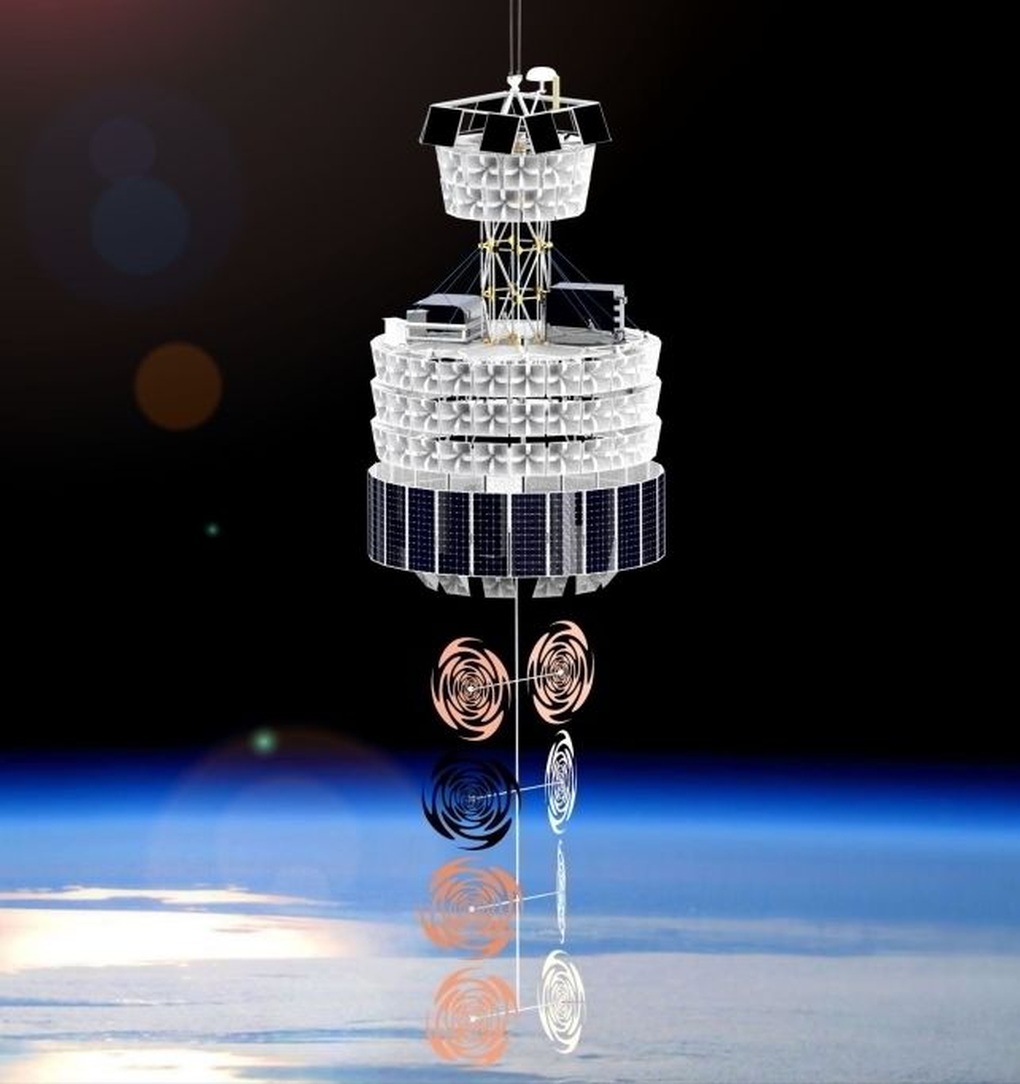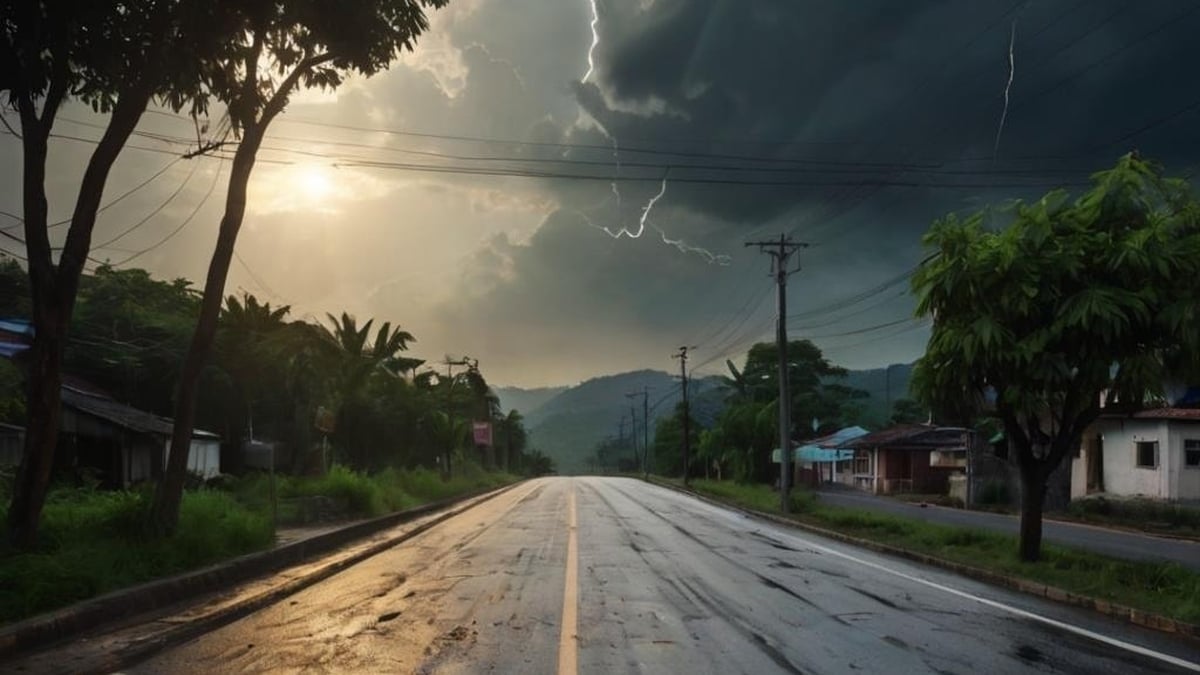Unusual signals give scientists a headache

The ANITA antenna cluster is being prepared for operation in Antarctica (Photo: Science Alert).
An unusual radio signal, similar in characteristics to high-energy cosmic rays, has been detected emanating from deep beneath the Antarctic ice, and for nearly two decades scientists have been unable to explain it.
Although many hypotheses have been put forward, this phenomenon has not yet been satisfactorily explained. It has forced physicists to reconsider some theoretical foundations that seemed solid.
The strange phenomenon was first recorded in 2006 thanks to a device called ANITA - a special antenna system mounted on a balloon, whose task is to capture radio signals from cosmic rays entering the Earth's atmosphere.
But instead of picking up a signal from above, ANITA detected a short pulse of radio waves coming from beneath the ice, at an angle of up to 30 degrees. This phenomenon, likened to a “shower of counter-cosmic rays,” completely defies the known laws of physics.
Could this be the first sign of a previously unknown particle, or simply a natural phenomenon that has yet to be fully explored by humans? Whatever the answer, the discovery is sure to open a new chapter in the quest to understand the fundamental particles and forces of the universe.
New definitions needed

Drawing depicting the PUEO device after deployment (Photo: University of Hawaii).
In 2014, a similar phenomenon was recorded. Some scientists suspect that this could be a sign of tau neutrinos – elementary particles famous for their ability to pass through matter without leaving a trace, making them extremely difficult to detect.
However, according to Dr. Stephanie Wissel - an astrophysicist at Pennsylvania State University, this phenomenon could be a sign of a completely new type of particle, which is still beyond the limits of understanding of modern physics.
“We cannot yet determine exactly what these unusual signals are, but it is likely that they are not tau neutrinos as the current model describes them.”
According to Dr. Wissel, the anomaly lies in the angle at which the signal appears. If it were indeed a tau neutrino, it would have to travel through the Earth’s core, passing through tens of kilometers of dense rock before producing a detectable signal – a scenario that is very unlikely according to current physics theories.
“Neutrinos are known as ghost particles because they can pass through everything, including the human body. But it is extremely rare for them to interact to produce a signal that we can detect,” she explained.
To test the hypothesis, the team analyzed data collected from the Pierre Auger Observatory in Argentina - a facility that specializes in studying extremely high-energy cosmic rays.
However, over a decade of data from 2004 to 2018, no signal matched the phenomenon recorded by the ANITA instrument. This forced researchers to rule out the possibility of tau neutrinos, while raising the possibility of the existence of an entirely new, previously unknown particle.
While scientists still have no official answer, expectations are being placed on PUEO - ANITA's successor project, which will soon be deployed by balloon in Antarctica.
With advanced sensor technology and significantly higher sensitivity, PUEO is expected to open new doors in the search for mysterious material signals in space.
Dr Wissel expressed optimism: “I believe we will detect more anomalous signals in the future. And maybe this time, we will really understand their origin.”
Source: https://dantri.com.vn/khoa-hoc/tin-hieu-vo-tuyen-la-duoi-lop-bang-nam-cuc-bi-an-chua-co-loi-giai-20250617100436061.htm




































































































Comment (0)